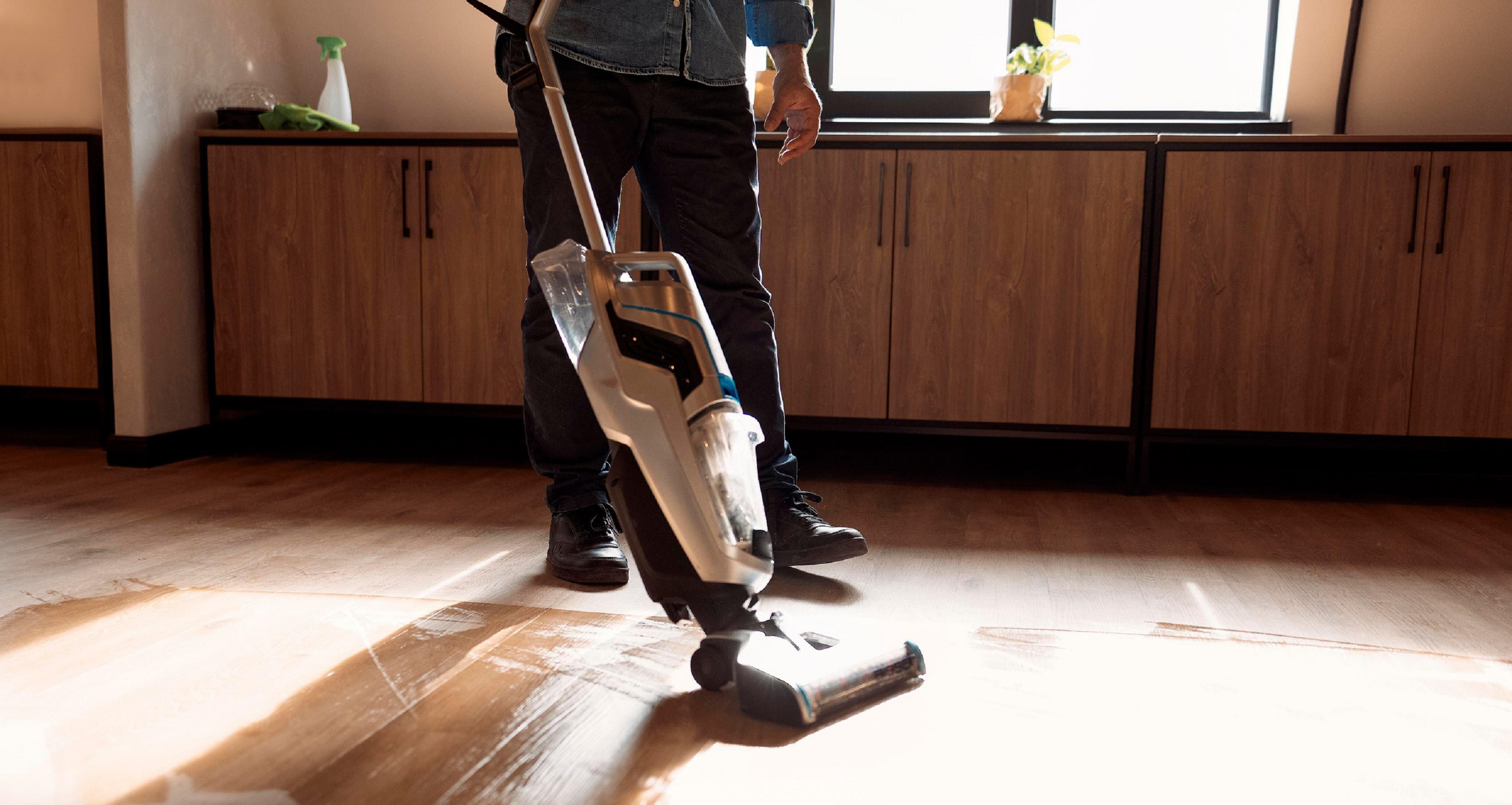
If you’re weighing up whether to buy a new wet/dry vacuum or stick to your tried and trusted mop, you’re facing a difficult choice. Both methods are effective at removing wet messes, puddles, and spills from hard floors, but mops tend to be a lot cheaper. You can pick one up for a few bucks, while some of the most advanced wet/dry vacuums can set you back hundreds of dollars.
However, wet/dry options have come a long way. The best wet/dry vacuum cleaners can clean up even the toughest spills and stains on hard floors and carpets, refresh upholstery and valet your car. Some are even self-emptying and self-cleaning.
It's a tough one, but don’t worry—we’re here to help you decide whether (or not) a wet/dry vacuum is better than a mop for your home based on your cleaning tasks and preferences, environmental concerns, and more. We've even caught up with a couple of industry experts to get their take on the decision too.
What type of messes do you typically clean up?
Consider what you usually have to clean up. If you have pets, small kids, or a keen cook in the home, you may often find yourself tackling a range of liquid spillages and ‘puddles’. While a wet/dry vacuum and a mop can tackle these messes, you might prefer not to clean up pet urine or other foul-smelling messes with an expensive vacuum that will need to be emptied and cleaned afterwards. Even a self-emptying, self-washing vacuum will struggle to rid itself of certain odors.
Having a mop on hand (like this O-Cedar Easywring Microfiber Spin Mop & Bucket set for $42.99 on Amazon) to clean up this kind of mess can be helpful, as you can usually unscrew the mop head and throw it in the laundry once you’re done.
However, for more general household spills, plus the usual dust and debris, a wet/dry vacuum can save you a lot of time and effort by combining wet and dry cleaning into one easy task. Vacuums such as the Ultenic AC1 Cordless Wet Dry Vacuum not only suck up dry debris but mop as they go along, leaving behind a super clean floor. The RoboRock Dyad even lets you add detergent, ensuring surfaces are hygienically clean.
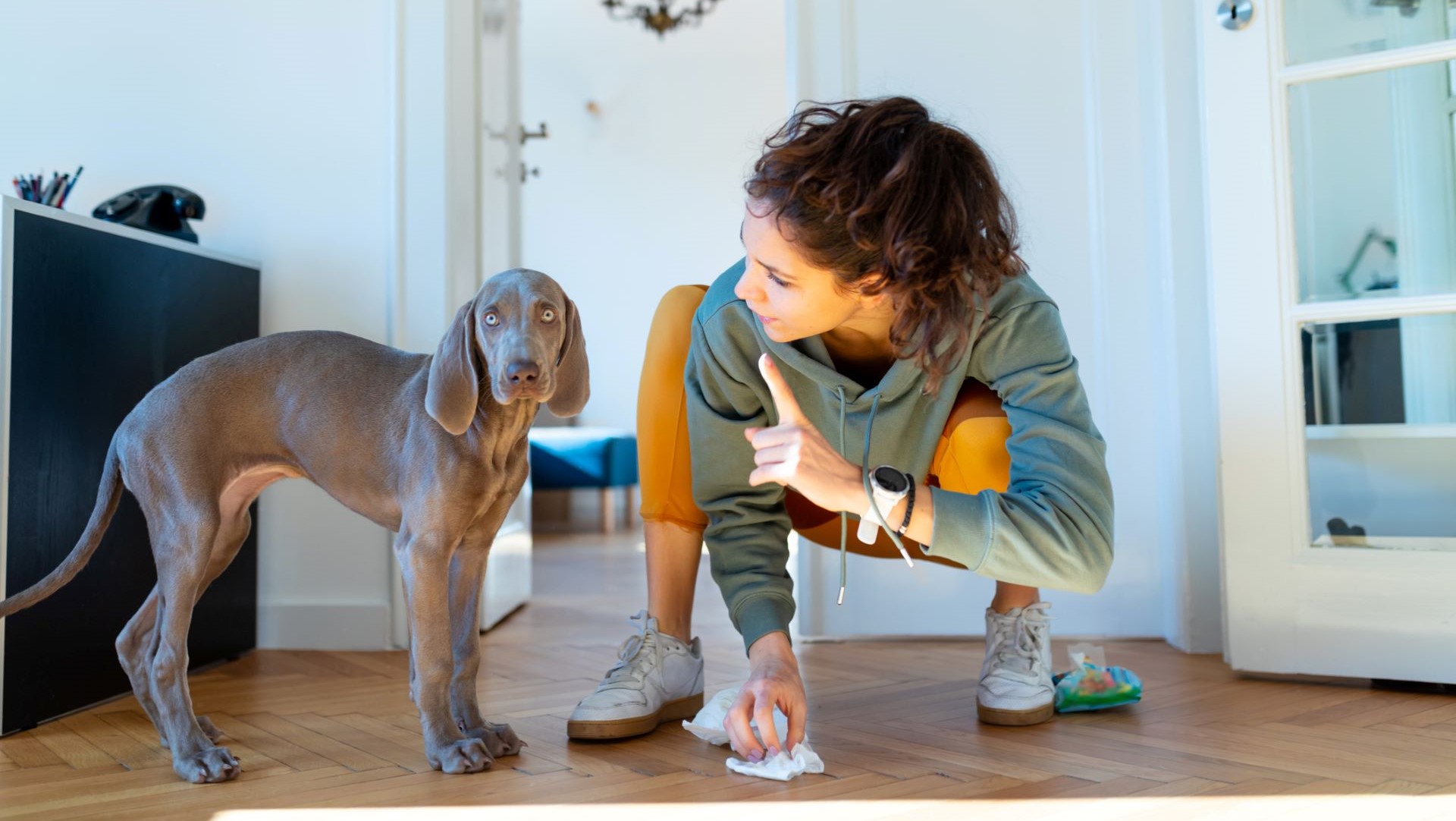
How many jobs do you want to tackle?
Apart from carpets, a mop can tackle any floor, from tiles, hardwood and natural stone to linoleum and vinyl. However, you can also use a mop along your baseboards for a quick refresh, wipe down walls and even clean ceilings and ceiling fans. They can also help clean pet kennels and wash outdoor surfaces such as patios, decking and hot tubs. Pretty versatile, you’ll agree!
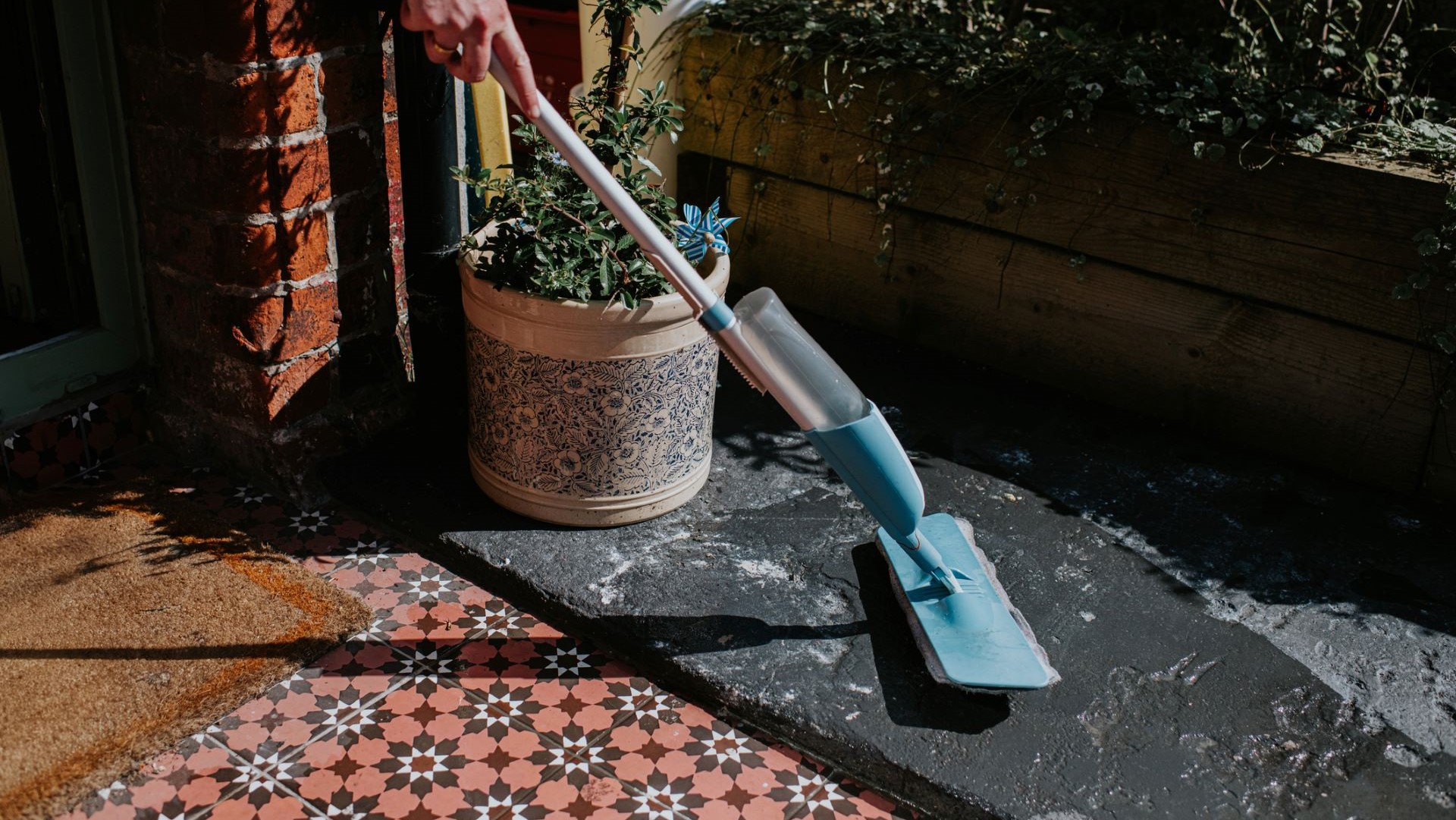
When it comes to wet/dry vacuums, how versatile yours is around the home depends on your budget and the brand you opt for. For example, a wet/dry robot vacuum may be great at mopping up spills and vacuuming carpets, but it won’t wash carpets and rugs, and it’s entirely unsuitable for use in a vehicle.
But a wet/dry vacuum that offers upholstery cleaning and carpet cleaning tools, along with handy accessories such as crevice tools and dusting brushes, can tackle pretty much any cleaning job around your home. For example, the NaceCare GVE 370 George Wet/Dry extractor can vacuum, wash carpets, upholstery and hard floors, and even unblock your drain. Other wet/dry vacuums, such as models by Kaercher, can also be used outdoors, giving you even more flexibility.
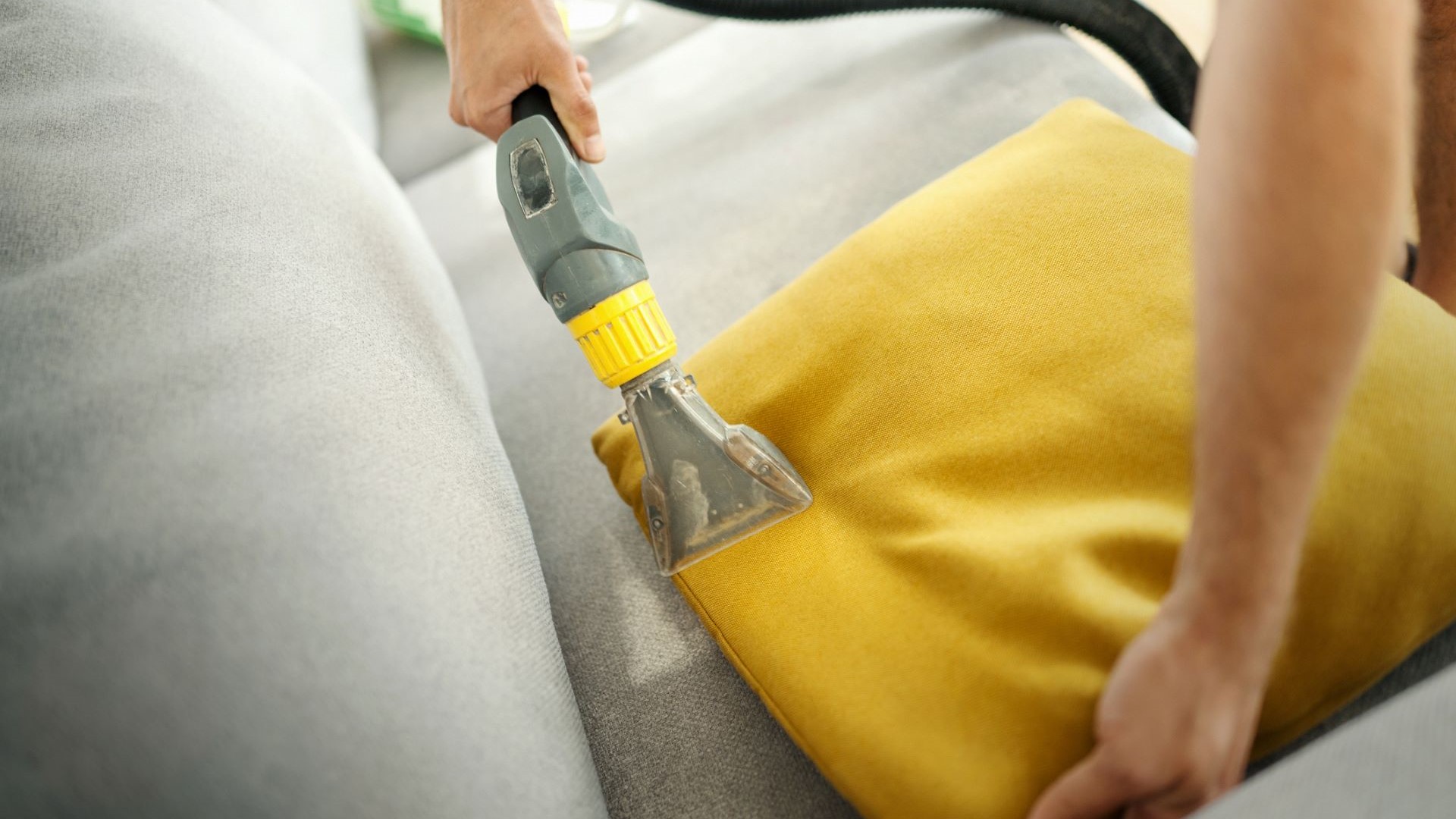
How much effort do you want to put in?
While a mop is generally light and easy to maneuver, it can’t suck away dirt and debris, so you’ll always have to get the vacuum out before you mop. Mopping requires effort, especially if you’re cleaning a particularly grimy floor. Then there’s cleaning the mop head and draining away the dirty water.
The right wet/dry vacuum can eliminate almost all this effort. For example, the Eufy X10 Pro Omni robot vacuum can clean up any mess and then happily power back to its self-emptying station, get rid of the dirty water and debris, and clean and dry its mops. Of course, some wet/dry vacuums, especially canister vacuums with large water tanks, can also require a bit of heft and upper body strength to move around.
"Wet/dry vacuums are more multifaceted, whereas traditional mops are not," says Delah Gomasi, Managing Director & CEO of MaidForYou, a house cleaning agency based in Sydney, Australia. "However, conventional wet mops require less maintenance and are easier for the average consumer to use. With most wet/dry vacuums, you must empty the dust bag, change the HEPA filter if overused, and perform proper maintenance to keep it working at full capacity."
It’s worth considering whether a robot wet/dry vacuum is the right choice for you if you have a busy lifestyle and don't want to spend time cleaning and mopping floors. You can set cleaning schedules, no-go zones, and areas for deep cleaning, as well as get all your cleaning done at night if you prefer.
Consider energy efficiency
For this one, we spoke to Paul Hambidge, managing director of Factory Direct Flooring in the UK. “The environmental impacts of using a wet/dry vacuum will vary depending on your specific model,” said Hambridge. “ Look out for green credentials and eco-friendly technology mentioned in the product description of the wet/dry vacuum you’re looking at to learn more. But as a general rule, wet/dry vacuums need a power supply and water, so overall, they use more energy than a mop and bucket would.”
Having said that, it’s worth pointing out that many wet/dry vacuums don’t use as much water as a mop and bucket do. The average bucket size in the U.S. ranges from 2 to 5 gallons, while many wet/dry vacuums need a quarter of a gallon to achieve the same finish. So, if you’re passionate about conserving water, a wet/dry vacuum may be better.
Think about storage
A mop and bucket are generally compact and can be tucked away practically anywhere, whereas a wet-dry vacuum is usually much larger. The more handy accessories you have, the more room you’ll have to find for them.
If your storage space is limited and you only need to clean floors with occasional spills or messes, a mop might be the better choice due to its size and simplicity. However, if you need more versatility for handling different messes and surfaces and have enough storage space available, a wet/dry vacuum could be the better option.
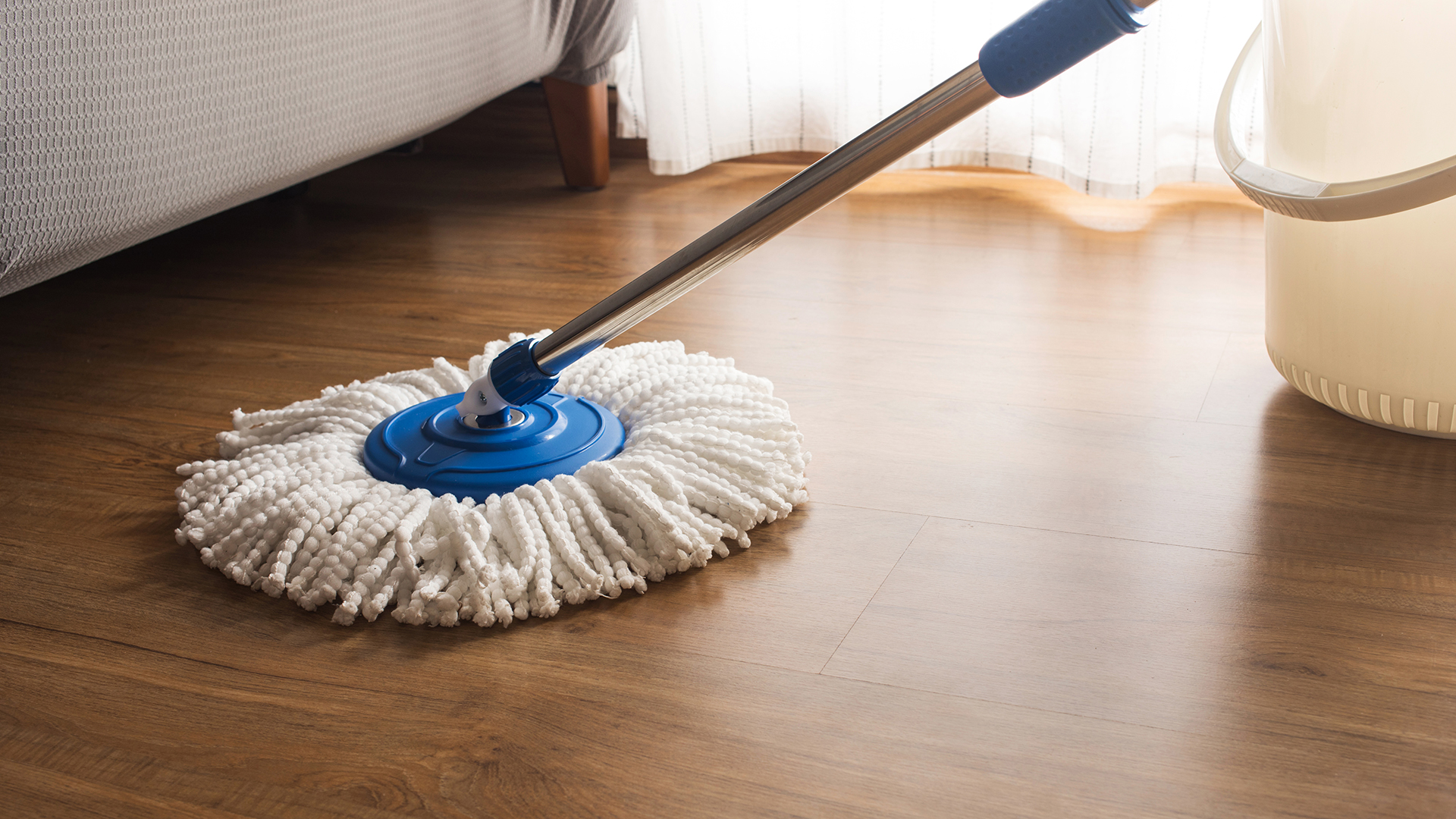
Verdict
While mops offer simplicity, affordability, and versatility for handling a variety of cleaning tasks around the home, wet/dry vacuums have evolved to become powerful, multi-functional tools capable of tackling even the toughest spills and stains with ease. Whether you opt for the convenience of a mop or the versatility of a wet/dry vacuum, rest assured that there's a solution out there to keep your home sparkling clean, no matter the mess.







